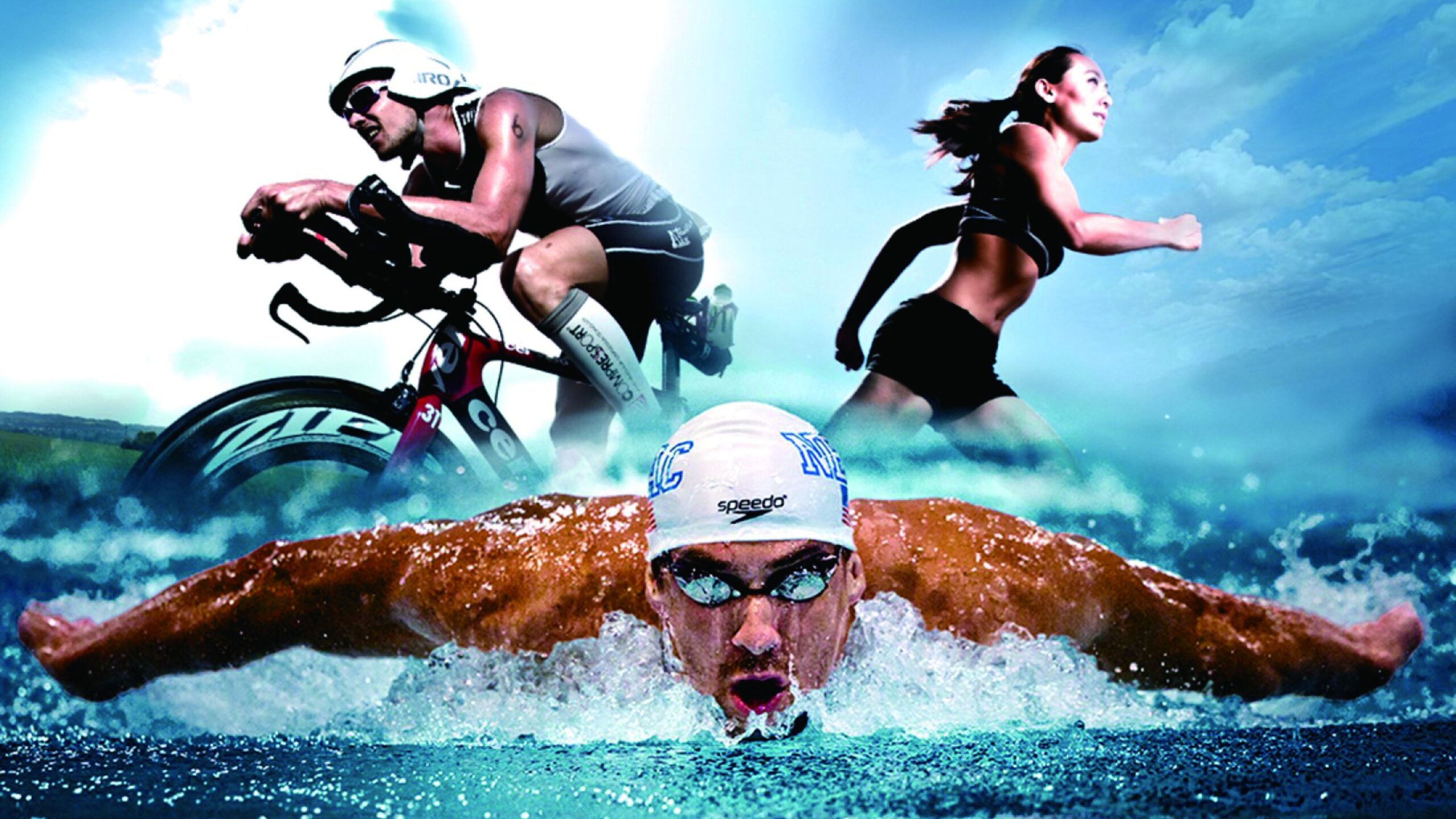The triathlon is a sport that will push you to your limits of endurance and test your competitive spirit to its maximum. For many, the very thought of doing three different sporting activities in one go is simply too off-putting, too much of a test of physical stamina. But for others, the sense of overcoming great odds and of facing a supreme test of character is its great attraction. And it’s also a sport for all ages.
“Anyone can challenge themselves, regardless of age, I have seen people in their 80s participating,” says Doron Grossman, an Australian in his 60s and a veteran of several Singapore triathlons, as well as the Busselton and Bintan half ironman events. Such is his sense of achievement from these activities that he would actively encourage anyone to participate in triathlons.
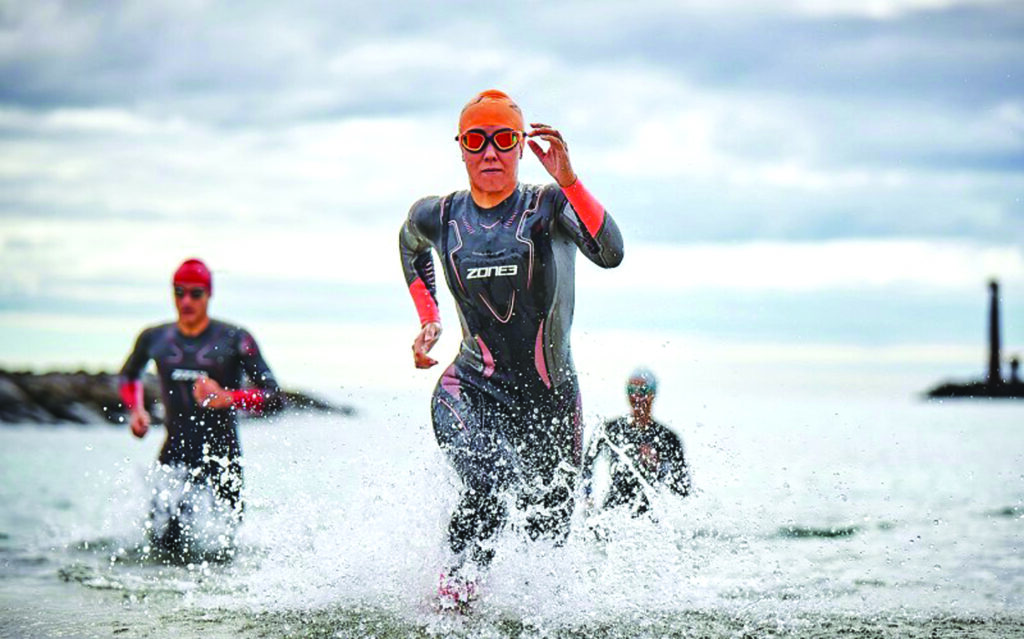
What is a triathlon?
The standard triathlon combines swimming, biking and running, usually in that order, although any multi-endurance event in which three different sports are completed consecutively can be considered a triathlon. There are common triathlon distances for different categories, from the supersprint, which in total equates to about seven miles, up to an Ironman, which is even harder and totals around 140 miles. The first recorded triathlon took place in San Diego in 1974 and it became an Olympic Sport in 2000 in Sydney.
Why do people do it?
There are known to be considerable physical, health and other benefits from training for and participating in triathlons. As you train for a triathlon, your body will adapt to increased workloads and upgrade its cardio-respiratory function.
And this produces knock-on benefits. “I believe being physically fit assists in being mentally healthy and alert. Also, the endorphins that are produced really make you feel great about yourself. Participation also forces you to eat more healthily in order to fuel your body,” says Doron, who is also the managing director of a company involved in the insurance sector in Hong Kong.
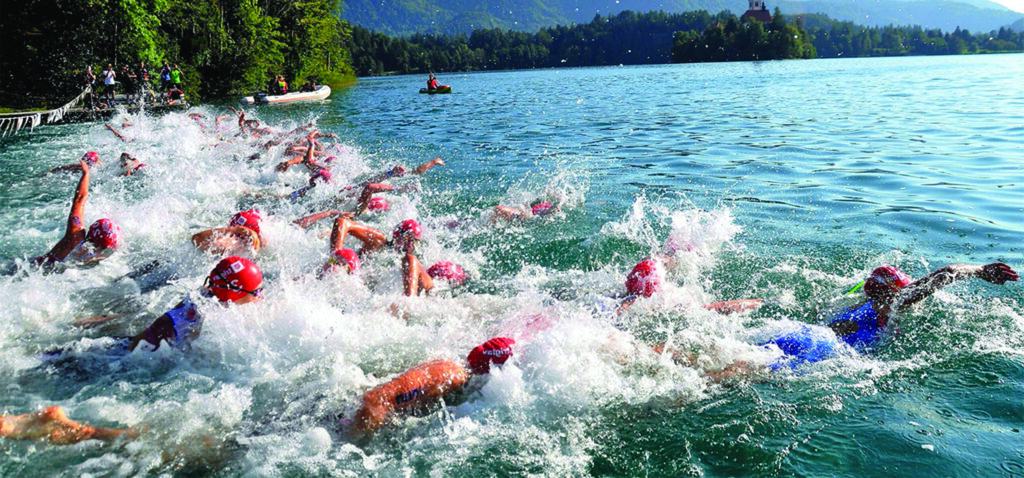
Some competitors experience a strong emotional charge during training and competitions. Others report an intense almost spiritual feeling of overcoming adversity and struggle and of feeling a great sense of achievement.
Beyond that, there are a multitude of potential health benefits – lower bad (and higher good) cholesterol levels, reduced chance of strokes and heart attacks, lower blood pressure, reduced chance of diabetes, better overall body composition, and stronger bones to name but a few.
There is also a social aspect, with Doron saying: “You also meet a lot of people as training partners or coaches that create a like-minded social circle.”
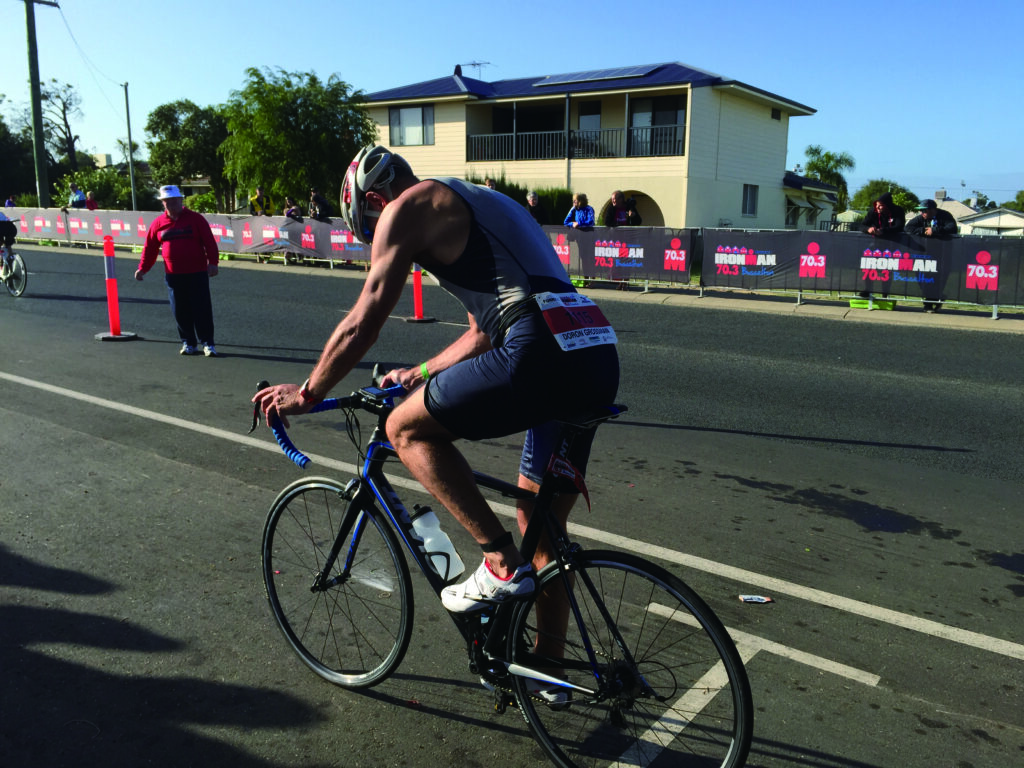
The benefits of cross-training
Triathlon involves three sports so inherently training for such an activity involves crosstraining and includes a variety of exercises in the training routine.
This is also what makes training for triathlons so appealing for some, with the variety in the training routine reducing the burnout typically caused by concentrating on one type of exercise. Fitness can then become enjoyable and a lifestyle option. “The fact that it involves three disciplines makes training interesting. Many people get bored if they just run, bike or swim. By mixing it up, it keeps you motivated to train,” says Doron.
Obviously, to compete in triathlons you need a certain level of competence in swimming, biking and running. For newcomers to the sport, it is the swimming part which often appears the most challenging, including for Doron, who actually had to learn to swim before he could take part in his first such event.
Irrespective of any competitor’s individual goal, it is actually the training which is the most important aspect of a triathlon.
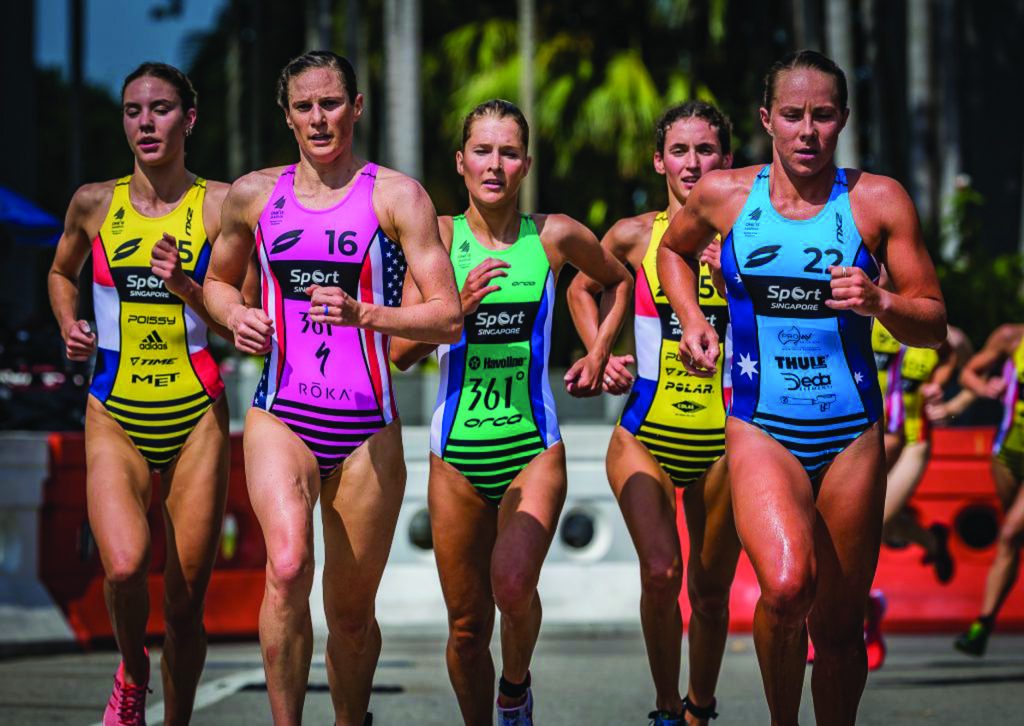
Time – the biggest commitment
“The biggest commitment is time. Training involves spending time training in all three disciplines as well as training for the transition, which is where you change gear from one discipline to another,” says Doron.
The transition is the stage where competitors drop off equipment they no longer need and pick up equipment they require for the next stage of the triathlon. Some experts suggest bringing along more items rather than potentially missing something.
Each individual athlete naturally has different strengths which affect their training routine. Training programs can be tailor-made to suit individual circumstances. “Personally, most of my training is concentrated around running, which is my greatest strength and I find that the cardiovascular fitness really helps with the bike. I also spend a few days a week swimming as that is my weakest sport and have to force myself to improve my technique as the fitness for swimming is already there.”
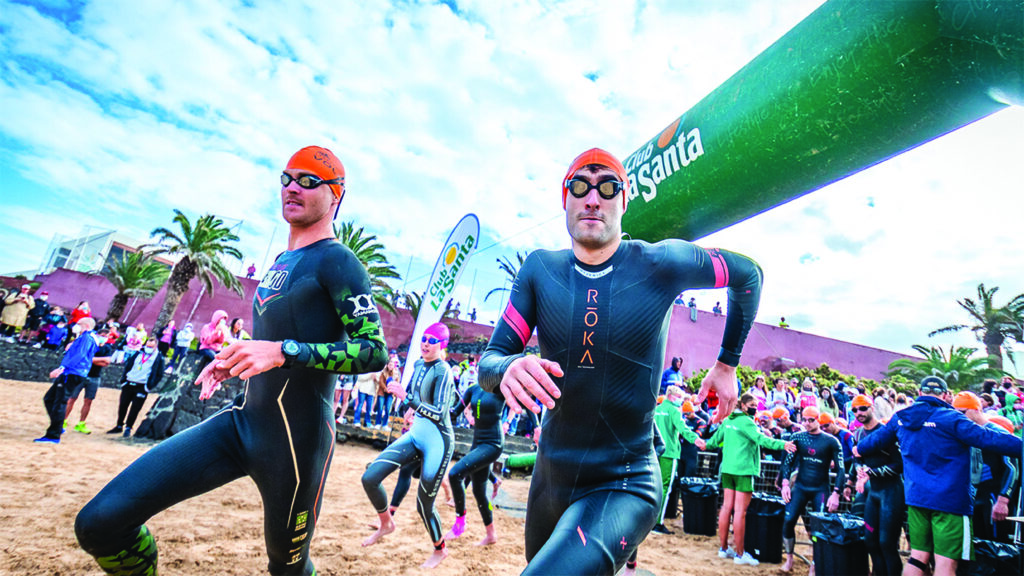
Doron believes anyone considering participating will need to have a good level of cardiovascular fitness and be prepared to participate in some form of activity for approximately one hour at least five days a week.
Obviously, there is the equipment necessary for the competition, which should be purchased with the idea of maximising comfort and efficiency for your training program and lifestyle. This equipment includes the right swimsuits, bike types, helmets and glasses, pedals, shoes, running apparel, nutrition belts, hydration systems and GPS watch amongst others.
Ultimately, top-tier triathlon competitors can be driven people, the prime example being Leslie Paterson. She used every skill she learnt competing in the triathlon, sometimes overcoming great pain and adversity, to raise funds for an adaption of All Quiet On The Western Front (which recently won seven BAFTAs) after years of it being rejected by Hollywood. She even completed a triathlon in Costa Rica with a broken shoulder to help fund the project. Now, that’s dedication.



